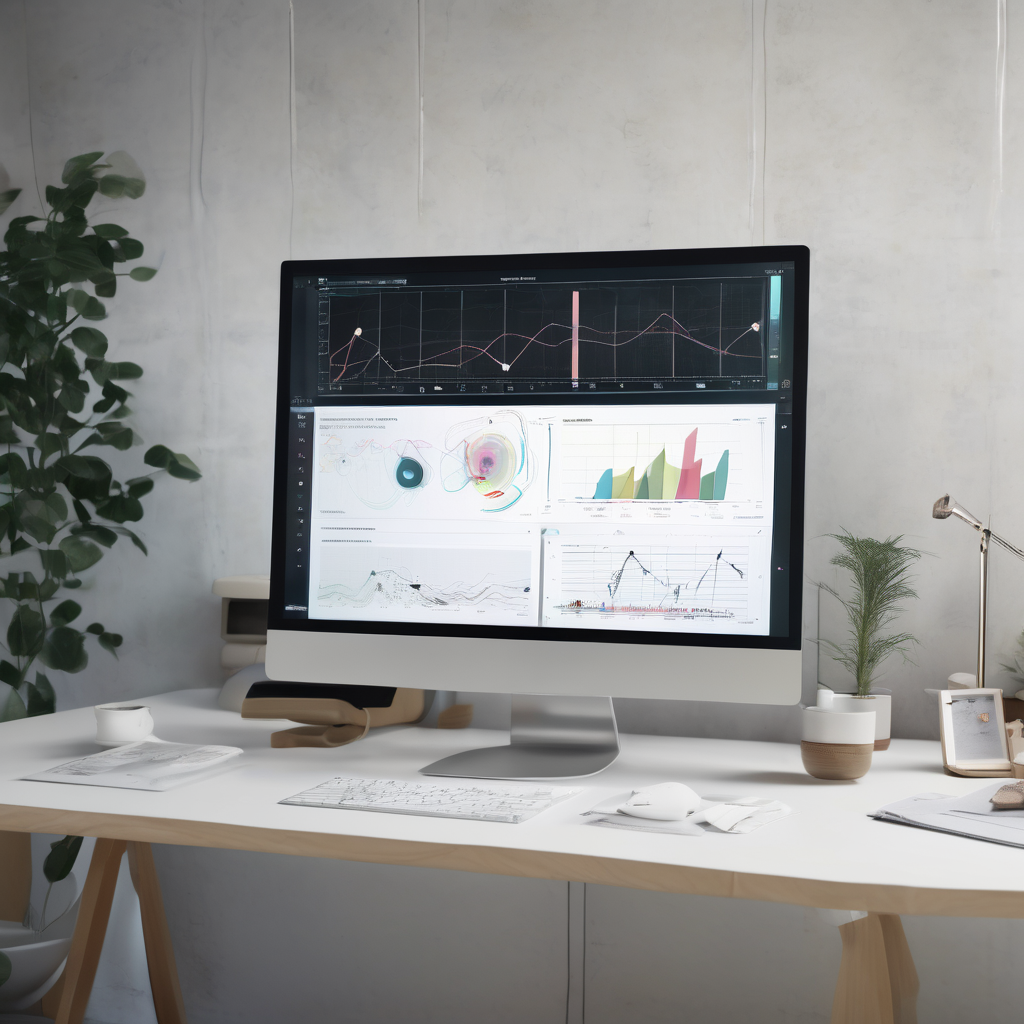
Asking Google’s AI video tool to create a film about a time-traveling doctor flying around in a blue British phone booth unsurprisingly yields a result resembling Doctor Who. Similarly, OpenAI’s technology produces comparable outputs. While this might seem harmless, it exposes a significant issue facing AI developers as generative AI becomes more widespread. Generative AI, such as OpenAI’s ChatGPT, Sora 2 video generator, Google’s Gemini, and Veo3 video tool, is meant to create novel content. However, it is unclear how much of their outputs are truly original versus how much they rely on existing copyrighted works, like those owned by the BBC. This reliance raises questions about copyright infringement and the ethics of using other creators’ content without permission. Many creative professionals—authors, filmmakers, artists, musicians, and publishers—demand compensation and a halt to unauthorized use of their work until permissions are granted. They argue AI tools build on their work without remuneration, producing competing creations that undercut their industries. Some publishers, including the Financial Times, Condé Nast, and Guardian Media Group, have pursued licensing deals with OpenAI to address this. A core challenge is the opacity of AI companies’ proprietary models, which obscures the extent to which these systems draw from protected creative material. However, Vermillio, a US tech platform, claims it can track the use of clients’ intellectual property online and estimate how much AI-generated content derives from copyrighted sources. Using a “neural fingerprint” method to analyze copyrighted works, Vermillio tested AI outputs for shows like Doctor Who and James Bond. In experiments conducted for the Guardian, a prompt fed into Google’s Veo3 for a Doctor Who-like video yielded an 80% match with Vermillio’s Doctor Who fingerprint, indicating heavy reliance on copyrighted features. OpenAI’s Sora-generated video showed an even higher match of 87%.
Similar analyses with James Bond content found varying matches: Veo3’s output matched 16%, Sora’s 62%, and images generated via ChatGPT and Google Gemini ranged between 28% to 86%. Other popular franchises like Jurassic Park and Frozen also showed strong matches with AI-generated content. Generative AI systems require vast training data, primarily sourced from the open web, including Wikipedia, YouTube, news articles, and archives. This raises legal and ethical questions about using copyrighted works without consent. For example, Anthropic agreed to pay $1. 5 billion to settle a class-action lawsuit by authors alleging their pirated works were used to train AI chatbots. This included famous authors like Dan Brown, Kate Mosse, and J. K. Rowling. Kathleen Grace from Vermillio suggests that creating a system to share and track content use could benefit all parties, encouraging copyright holders to license more data to AI firms, fostering a more balanced ecosystem rather than funneling revenue to a few large companies. In the UK, artists and creative communities strongly oppose government proposals that would allow AI companies to use copyrighted works by default unless creators opt out, a policy seen as harmful to artists’ rights. Google states it cannot comment on third-party research and maintains that its AI policies prohibit intellectual property violations. Yet, YouTube’s terms allow Google to use creator content to improve AI and machine learning products. OpenAI defends its training on publicly available data under the US “fair use” doctrine, which permits some unauthorized use of copyrighted work. The Motion Picture Association has urged OpenAI to address copyright concerns with its Sora tool, which has generated videos featuring copyrighted characters like SpongeBob SquarePants, South Park, Pokémon, and Rick and Morty. OpenAI has committed to collaborating with rights holders to block these characters and respond to takedown requests. Beeban Kidron, a UK House of Lords crossbench peer and critic of the government’s copyright proposals, emphasizes the severity of unauthorized use, questioning how solo artists without resources can protect their work if iconic properties like Doctor Who and James Bond cannot be safeguarded. In summary, the widespread use of generative AI raises pressing legal and ethical challenges about copyright infringement and fair compensation, demanding new frameworks to balance innovation with creators’ rights in the rapidly evolving digital landscape.
Generative AI and Copyright Challenges: The Impact on Creative Industries

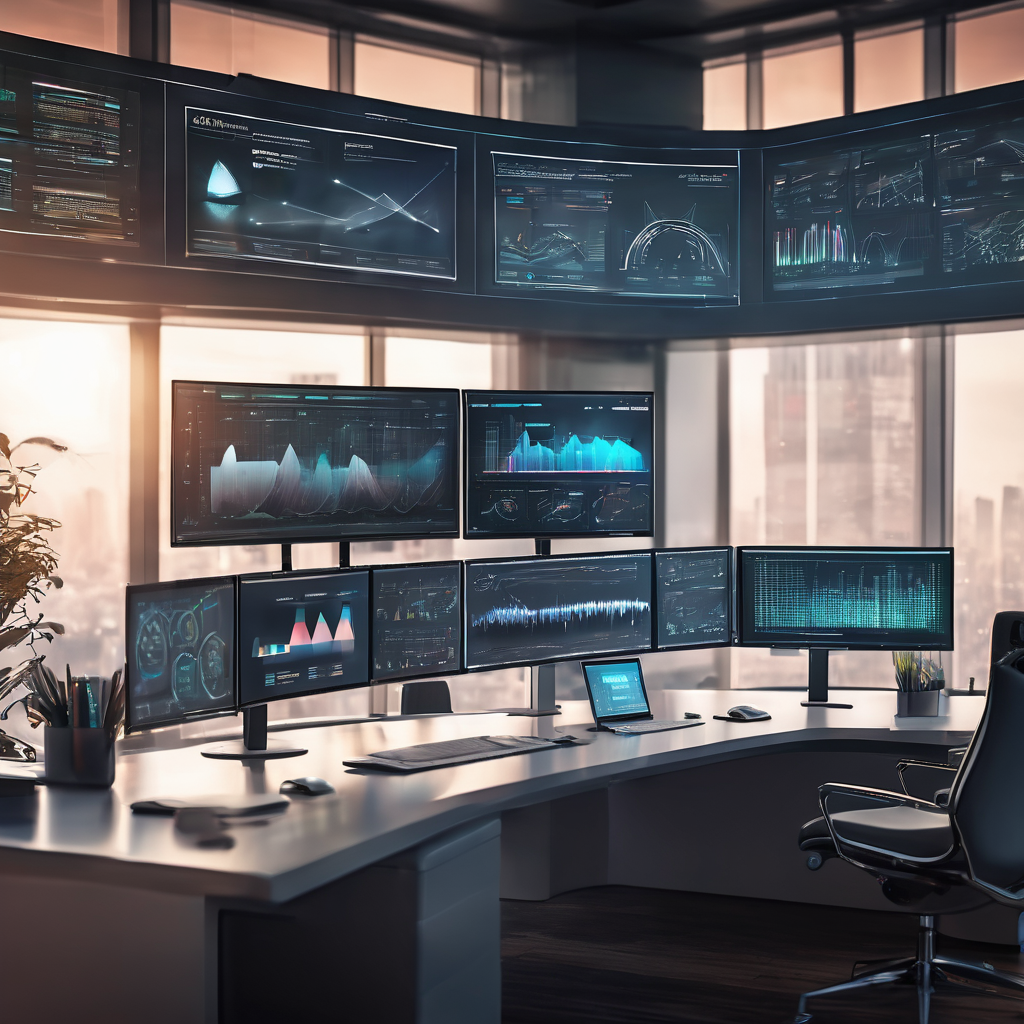
AI Generated Content (AIGC) Market Summary AIGC technologies optimize production workflows, enabling enterprises to deliver content faster while maintaining brand consistency amid evolving market demands
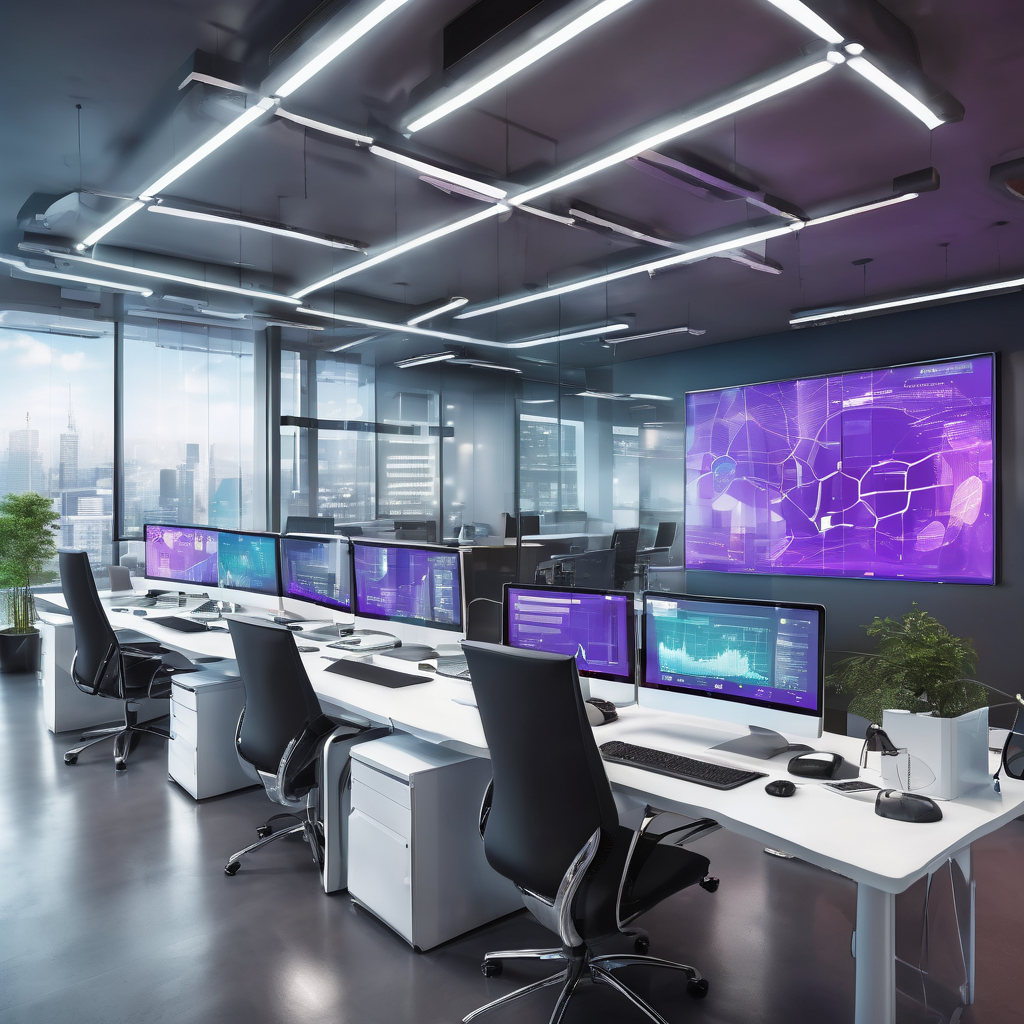
Mike Crosby of Circana highlights the channel’s agility in quickly spotting opportunities to grow business, noting an acceleration already underway.
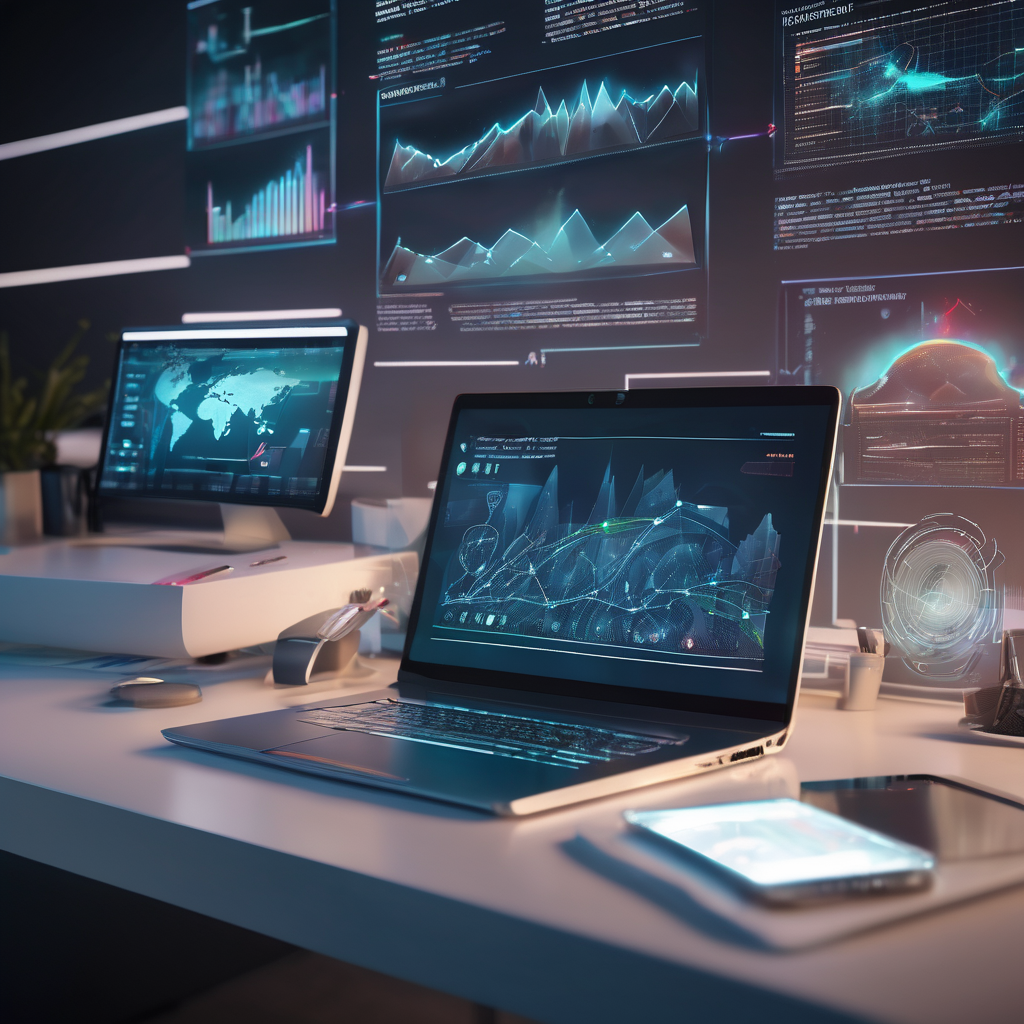
In today’s rapidly evolving digital environment, businesses face growing challenges to maintain online visibility and competitiveness.
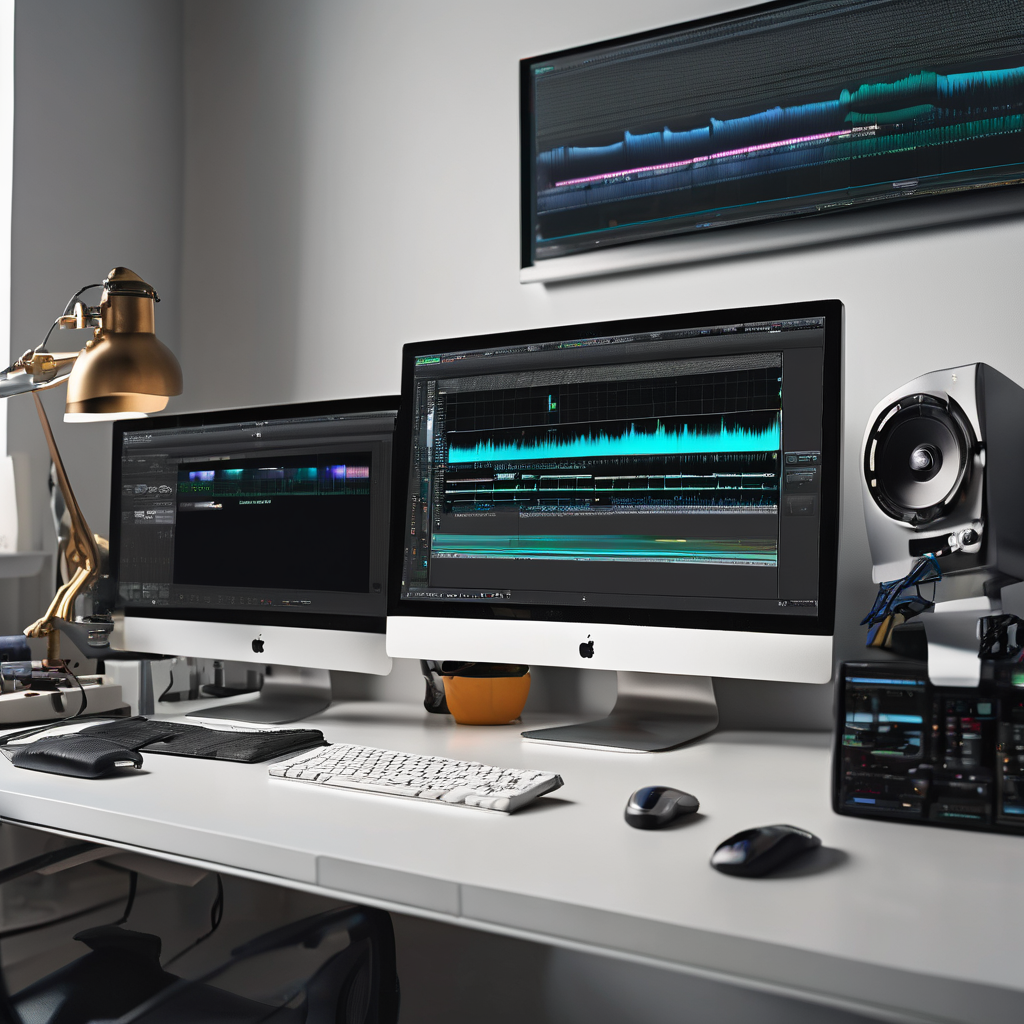
Google has launched Veo 3.1, the latest version of its advanced AI-driven video generator, marking a major advance in AI-based content creation.
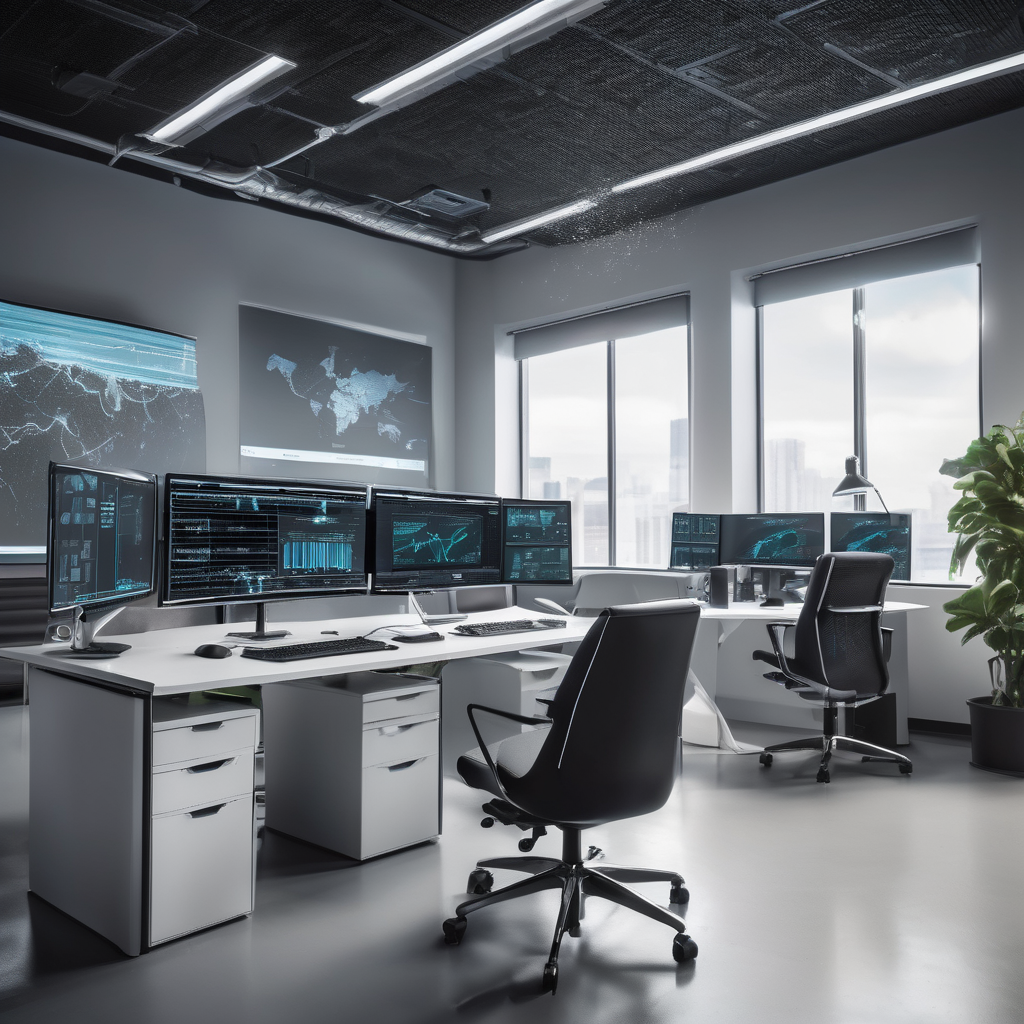
SOMONITOR is an innovative explainable AI framework designed to boost the efficiency and effectiveness of marketing strategies by combining human intuition with advanced artificial intelligence capabilities.

During the 2024 holiday season, the adoption of AI-powered chatbots significantly improved the online shopping experience for U.S. consumers, driving a notable increase in sales.
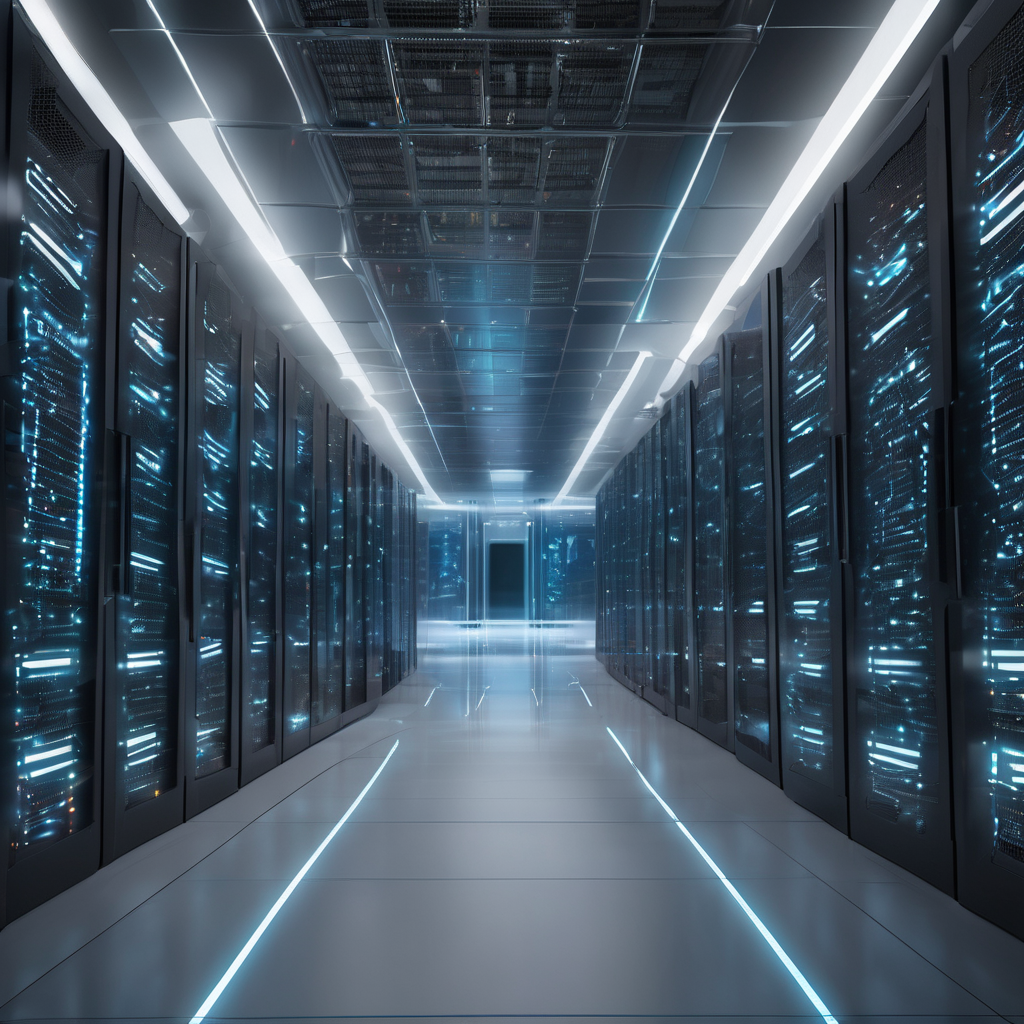
OpenAI, a leader in AI research and development, has formed a major strategic partnership with AMD, a leading high-performance GPU manufacturer, to enhance its AI infrastructure by integrating AMD’s advanced graphics chips.
Automate Marketing, Sales, SMM & SEO
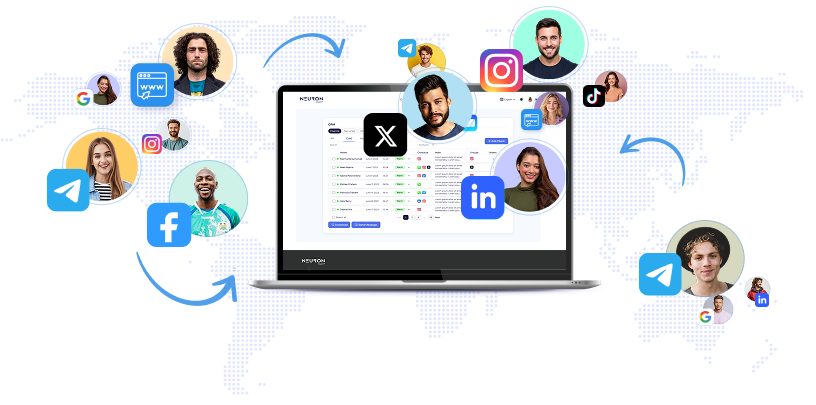
and get clients on autopilot — from social media and search engines. No ads needed
and get clients today